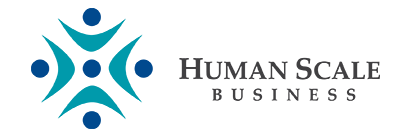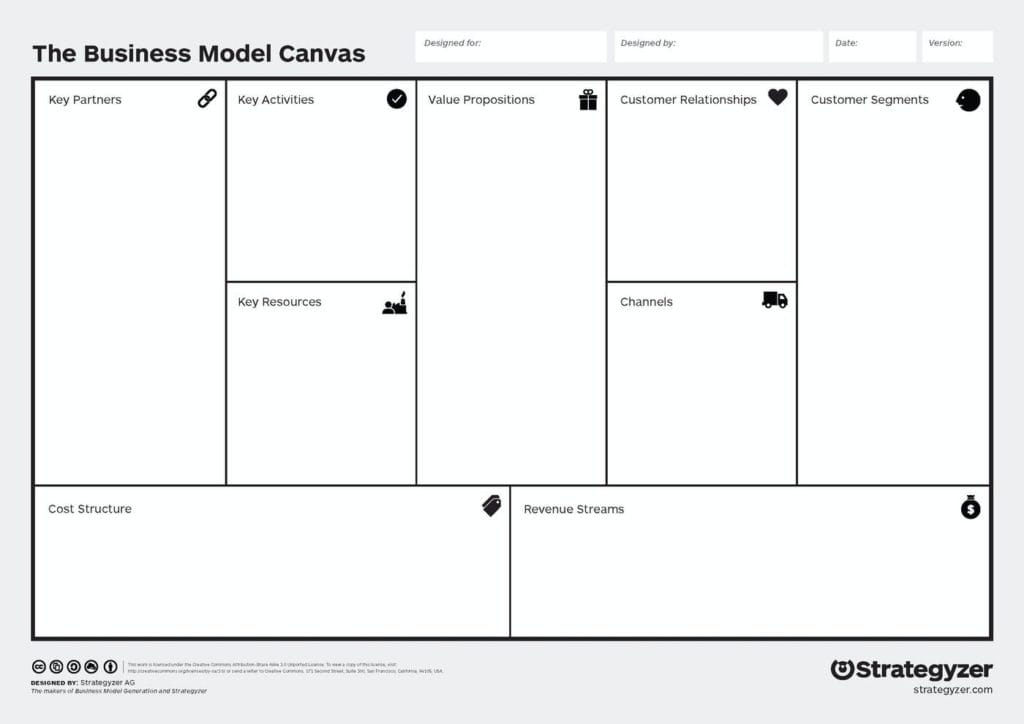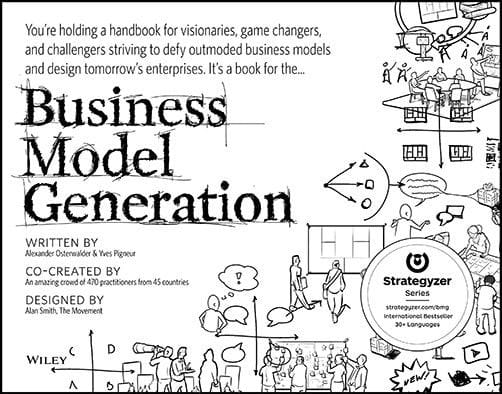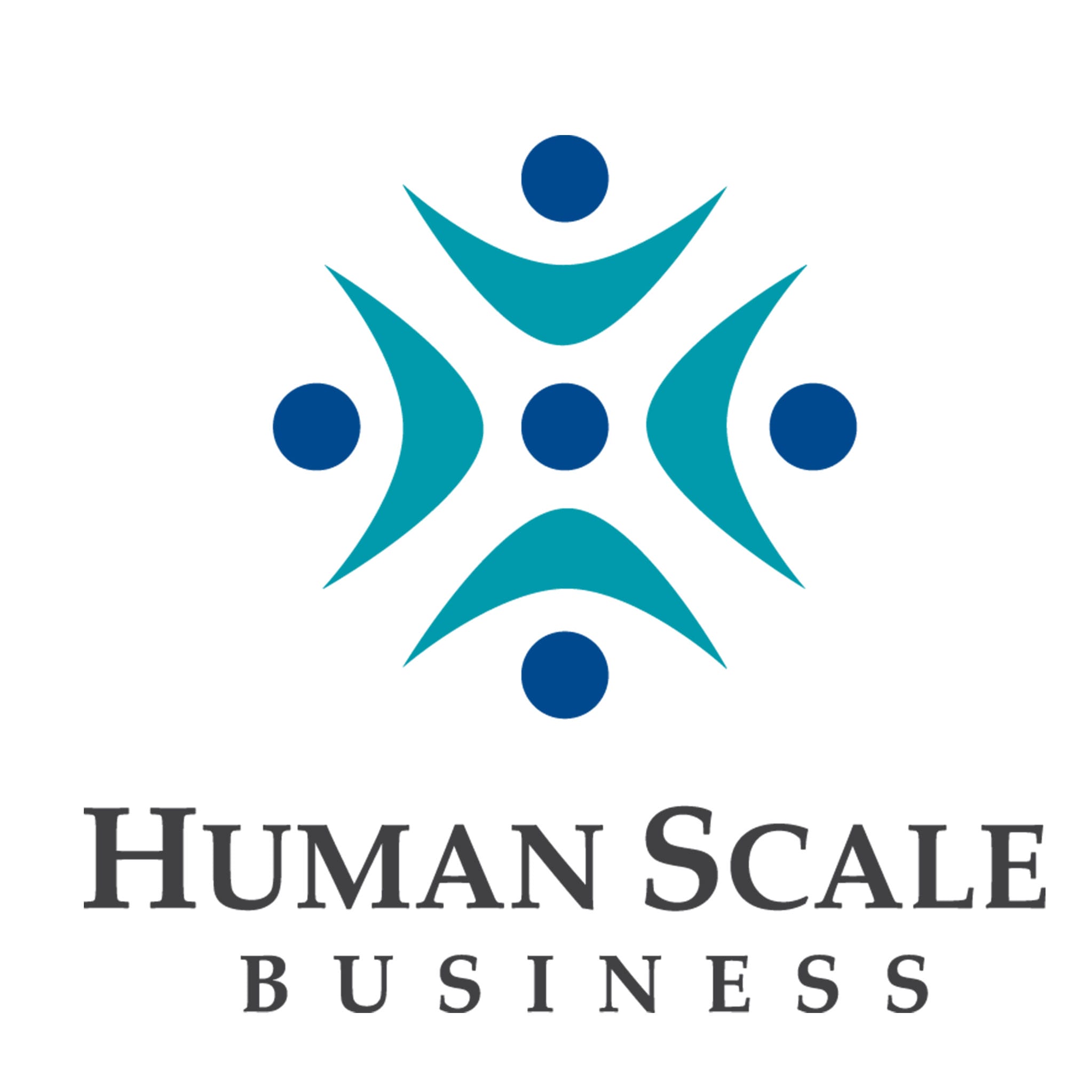An Insufficient Condition
In the previous section, you focused on your value proposition: how your products and services address important pains your prospective customers wish to avoid and gains they hope to achieve. A compelling value proposition is characterized by:
- An overt benefit
- Real reasons to believe, and
- A dramatic difference relative to the status quo
While a strong value proposition is necessary, it’s insufficient. You must also have access to the Key Resources necessary to make good on the promise of your value proposition.
Key Resources and Key Activities
In this section, create at least two drafts of your Business Model Canvas with a particular eye on identifying your Key Resources:
- You’ll recognize that the upper-right quadrant of the Business Model Canvas is an elaboration on the Value Proposition Canvas.
- Key Resources are those assets and accumulations—tangible and intangible—that are essential to delivering your value proposition.
- Key Activities are those that drive the level of a Key Resource over time.
- Access to Key Resources and the capacity to engage in Key Activities can often be obtained through Key Partners.
- To sustain your business, Revenue Streams must be sufficient to support your Cost Structure.
This Section’s Lessons
- The Business Model Canvas is the key lesson. There’s a lot to digest. Focus on using the canvas to see what you say and think—and iterate.
- Connecting Resources and Activities underscores the importance of these components of the Business Model Canvas and their essential relationship to each other.
- The Grammar of Stocks and Flows is optional. It explains the logic underpinning the graphical language we use in Connecting Resources and Activities.
- I do some editorializing in Strategy, Risk, and (the Avoidance of) Ruin. Efficiency and optimization come at a cost—think about how to make your businesses robust to change.
Going Deeper
If you want to learn more about the Business Model Canvas, read Business Model Generation.



